Saving A Dragon
Siena and International Dragon Keelboats
We have had a wonderful response from the wooden boat community during our first month of publication, with over 2000 unique visitors from 40 different countries around the world. We have also heard some great stories which we will pass on over the year. This one I found particularly heart-warming. The International Dragon Class in Victoria has perhaps been overshadowed by the legendary stories of the Tumlaren Class which became a template for one design club racing in the mid-twentieth century. Both designs are about the same length, with similar rigs and similar Scandinavian heritage. Despite the prominence the Dragon gained through being one of the three keelboat classes at the 1956 Melbourne Olympics, since then it has struggled to form a consistent racing fleet on Port Phillip. In the article below Jaemie Wilson tells us his of his love of the design and the role he has played in keeping this legendary design afloat.
Editor // Mark Chew
“I am the latest custodian of Siena AUS 118, a 1967 Borresen Dragon constructed in Denmark of Honduras Mahogany planks, oak ribs with teak deck and cabin top. Owning a timber Dragon has been a dream of mine for a long time, and when I was lucky enough to notice Siena on eBay in 2009, I knew my heart had to rule my head and I had to put in the winning bid.
Although in pretty bad cosmetic condition after languishing on a mooring in Double Bay on Sydney harbour, I had a friend go onboard and inspect her and take some photos, and structurally she did not appear too bad. I could see if you looked past the peeling varnish, missing fit out (the tiller was just an unshaped lump of timber!), rough antifouling and accumulated grime, there was potentially a beautiful varnished hulled dragon lurking in there somewhere that deserved to be saved.
I got in contact with the Victorian Dragon Association and a friendly owner loaned me his trailer. Likewise, the NSW Dragon Association were very friendly and helped me organise a lift out at the Royal Sydney Yacht Squadron. The final piece of the plan was convincing my dad to come on a road trip and bring his Land Rover tow vehicle with him!
We set off from Raymond Island on the first Ferry on Monday 2 March 2009 and made good time via Canberra arriving at our accommodation in Kirribilli mid-afternoon. The next day we loaded up and made the trip back without any major glitches, apart from the mast crutch collapsing and the mast damaging the teak cabin top (another job added to the list!).
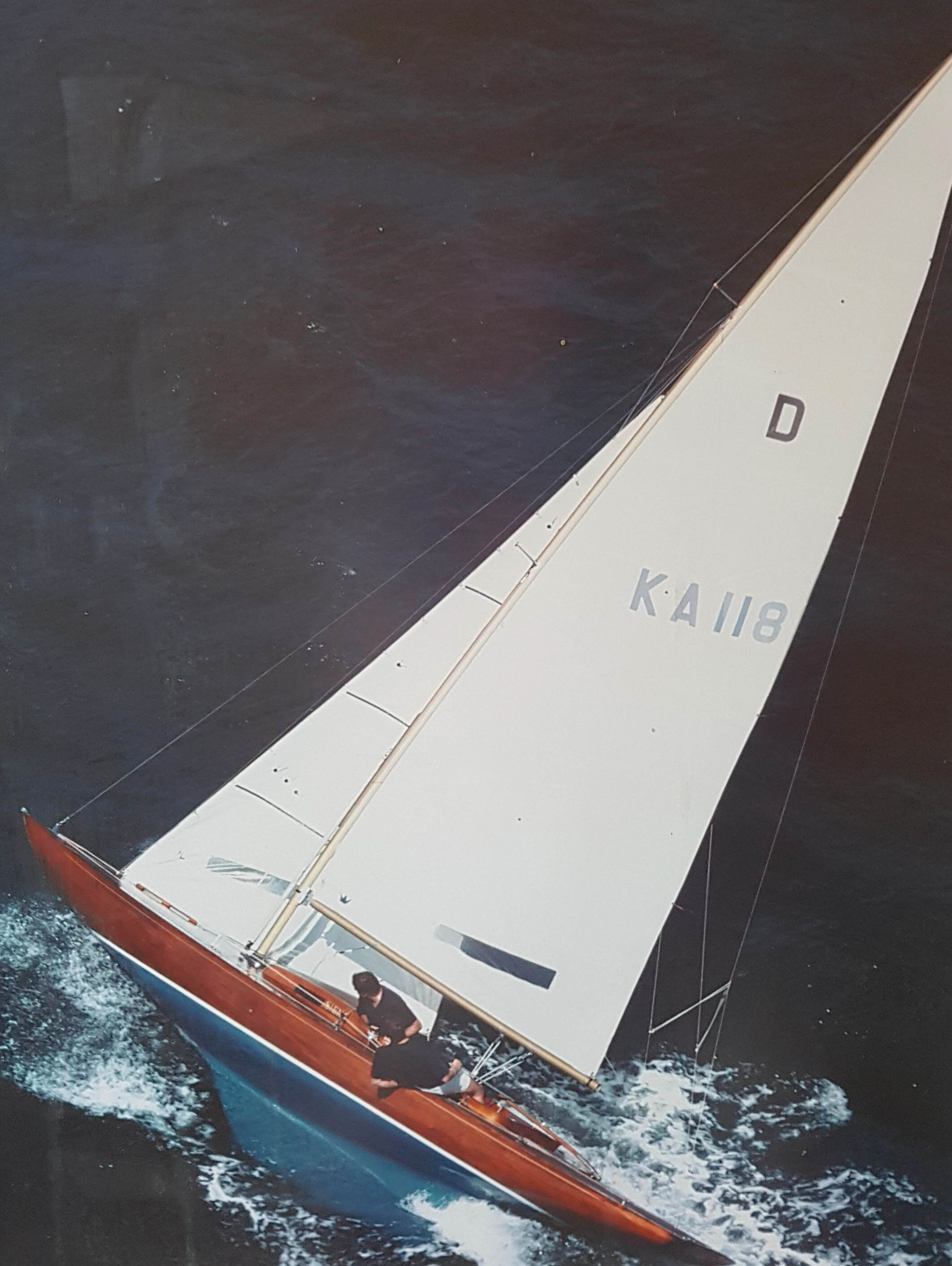
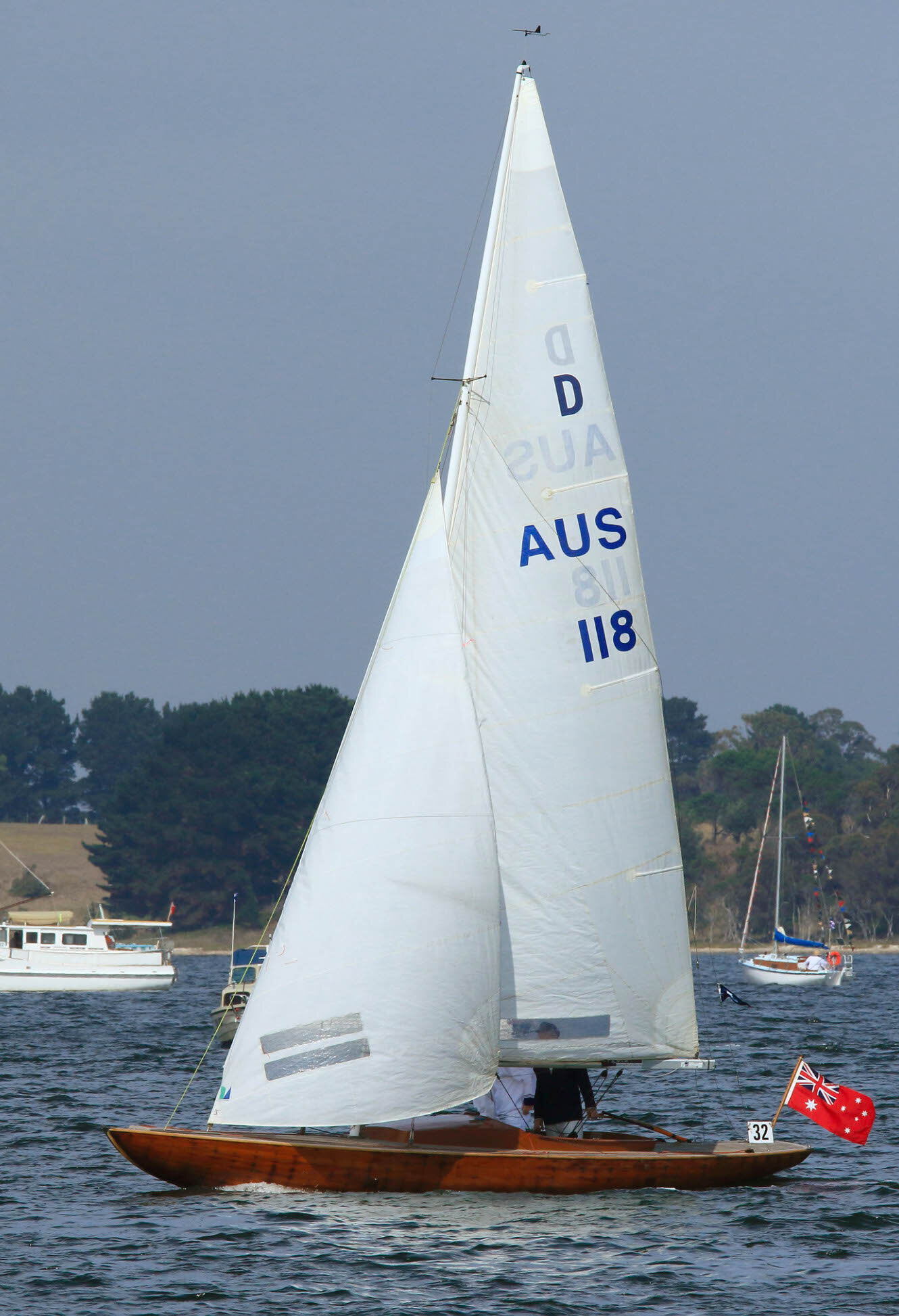
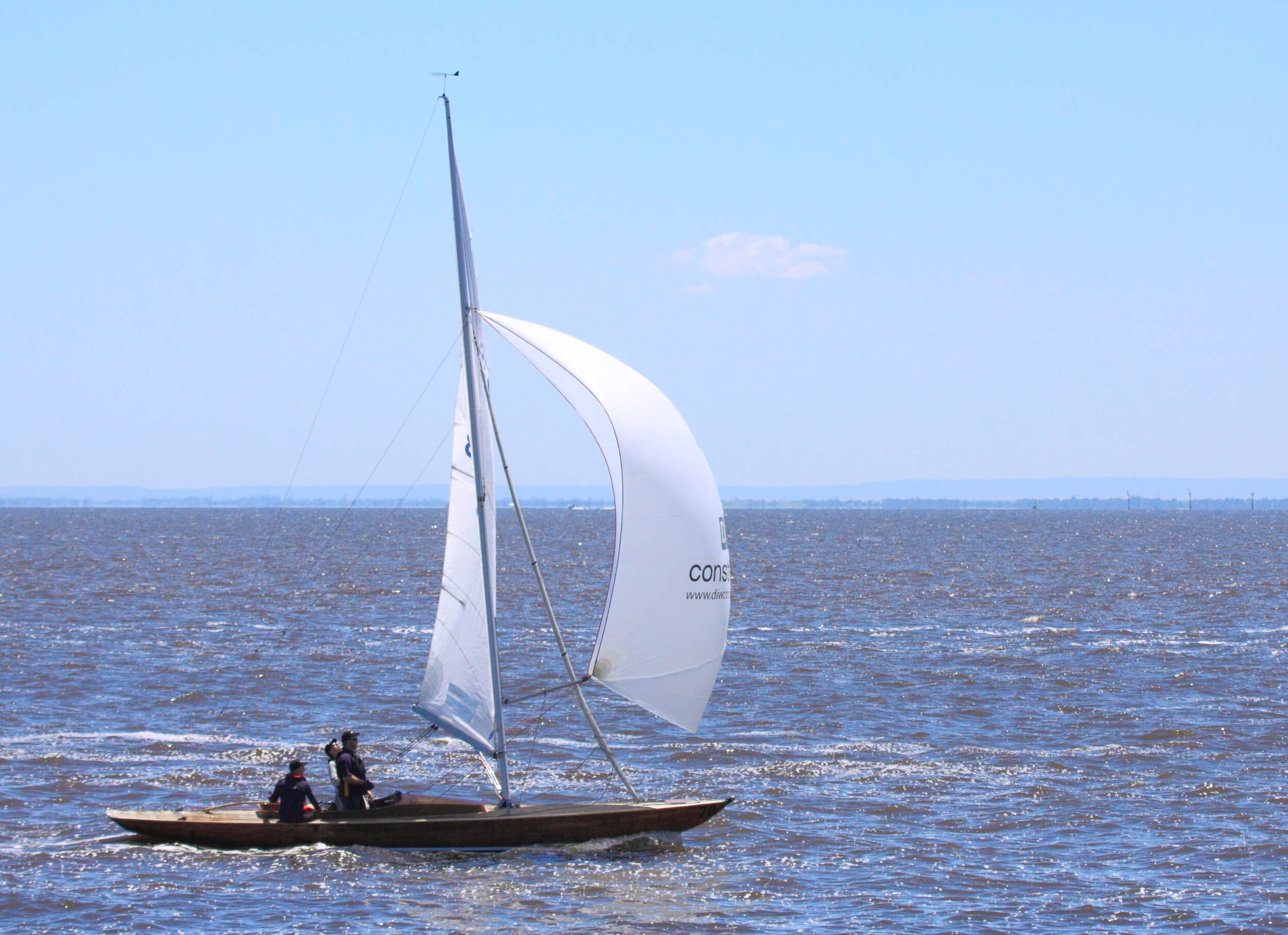
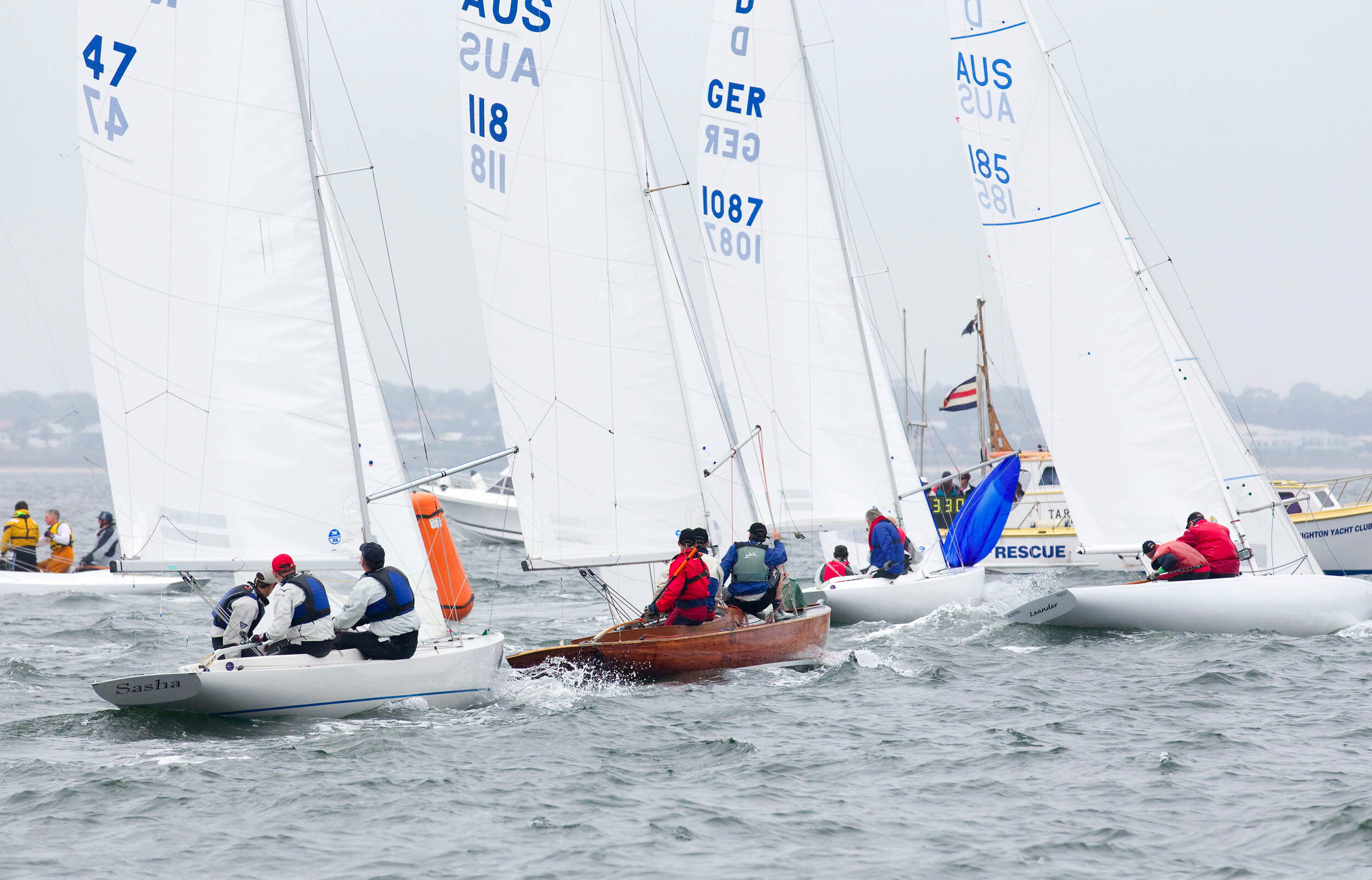
Over the next 2 years the restoration was conducted by Johno Johnson, a recently semi-retired shipwright who was also restoring his own Dragon, a 1960 Barnett AUS 82. I spent weekends and holidays working on Siena on Raymond Island and in that time, we replaced broken ribs, redesigned the cockpit with a raised floor, fitted new keel bolts and refastened the Honduras mahogany planking with a few hundred screws. The layers of varnish and antifouling were removed, and we were able to revarnish the inside and outside of the hull. The mast was refurbished, and the running rigging completely replaced with modern systems, including a winch-less genoa system (which enabled the removal of 4 winches to give more room in the cockpit, lose some weight and allow trimming of the genoa from the windward side). We also took the opportunity to strengthen the 40-year-old-plus hull and fitted full bulkheads forward of the mast and at the rear of the cockpit as well as partial bulkheads at the rear of the cabin and traveller. Space frames were fitted between the mast bulkhead, the forestay and also where the runners enter the hull. The area around the chainplates were also strengthened with enlarged hanging knees attached to the deck beams and ribs.
Our goal was to compete the restoration in time for the 2011 Dragon World Championships at Royal Brighton Yacht Club and we managed to do this with a few weeks to spare! Our first race in Siena was Heat 1 of the Prince Phillip Cup which preceded the World Championships. Although I had sailed and raced Dragons a few times before, my crew, sailing mates from dinghy sailing had not, so lining up with 72 boats on the start line in a varnished dragon amongst the shiny plastic boats from around the world was an exciting, yet daunting spectacle to be part of. Through the series we learnt a lot and although at the back of the fleet, we managed to finish in front of a few, lot newer Dragons and not sink (although we were leaking a fair bit as we were still taking up!).
Siena was brought up to Melbourne from the Gippsland Lakes in 2017 to her spiritual home to race with the Classic Yacht Association of Australia and occasionally with the Dragon Fleet at Royal Brighton Yacht Club.
Siena was purchased new from Borresens by Alan Cain and John Fitzgerald in 1967 and launched at Royal Geelong Yacht Club, before moving down to the Royal Melbourne Yacht Squadron, which had a strong fleet of Dragons at that time. Alan was a previous Olympian in the Dragon Class and competed in the 1960 Rome Olympics, with Mick Brooke as the Skipper and John Coon as the third member of the crew. In Siena, Alan won the 1970/71 JJ Savage Victorian Dragon Championship and sailed in the 1971 Dragon World Championships in Hobart and also in the Olympic Trials. Other former owners of Siena include Iain Moray who sailed Siena on Sydney Harbour for 10 years with the Royal Sydney Yacht Squadron in the 1980’s and was president of the NSW Dragon Association and Robert Alpe Vice President of the International Dragon Association.
The Dragon class has a long history in Australia and particularly on Port Philip Bay, with the class being introduced in the 1950’s in Melbourne as preparation for the hosting of the 1956 Olympics. JJ Savage and Sons of Williamstown built the first Registered Dragon in Australia KA 1 Platypus in 1951. Another Savage’s build, KA9 Kumulla sailed by Jock Sturrock won the first Victorian Dragon Championships in 1952/53 (known as the JJ Savage Trophy), and the first Australasian Championship for Dragons (Known as the Prince Phillip Cup) in 1953/54. In total, Savage’s built 11 Dragons including the first 4 Dragons that formed the nucleus of the Dragon Fleet in Australia. These initial Dragon numbers were further strengthened by overseas Dragons being purchased at the end of the 1956 Olympics, such as Gustel XI (1956 Abeking and Rasmussen) which is now based at Royal Freshwater Bay Yacht Club in Perth.
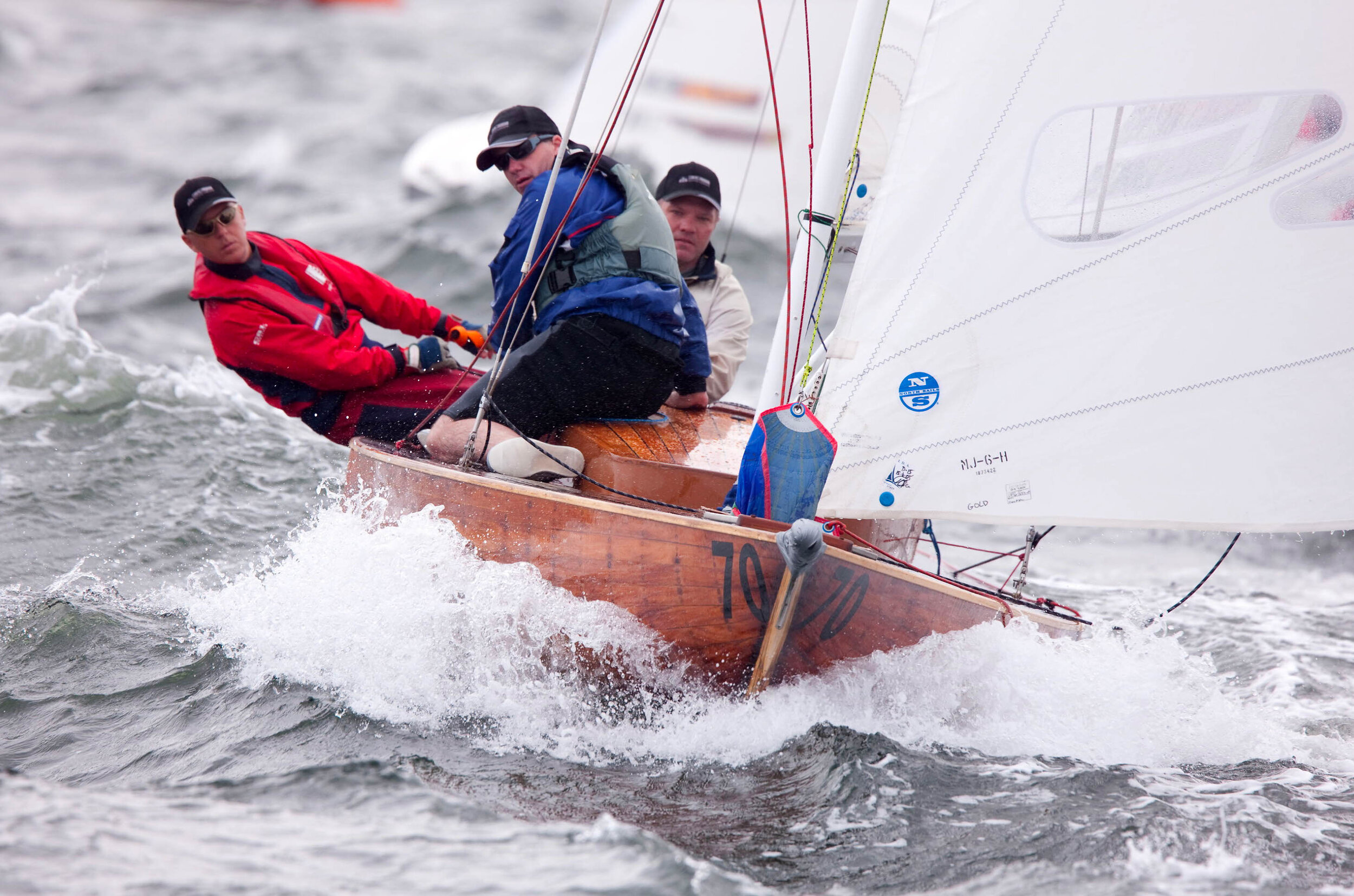
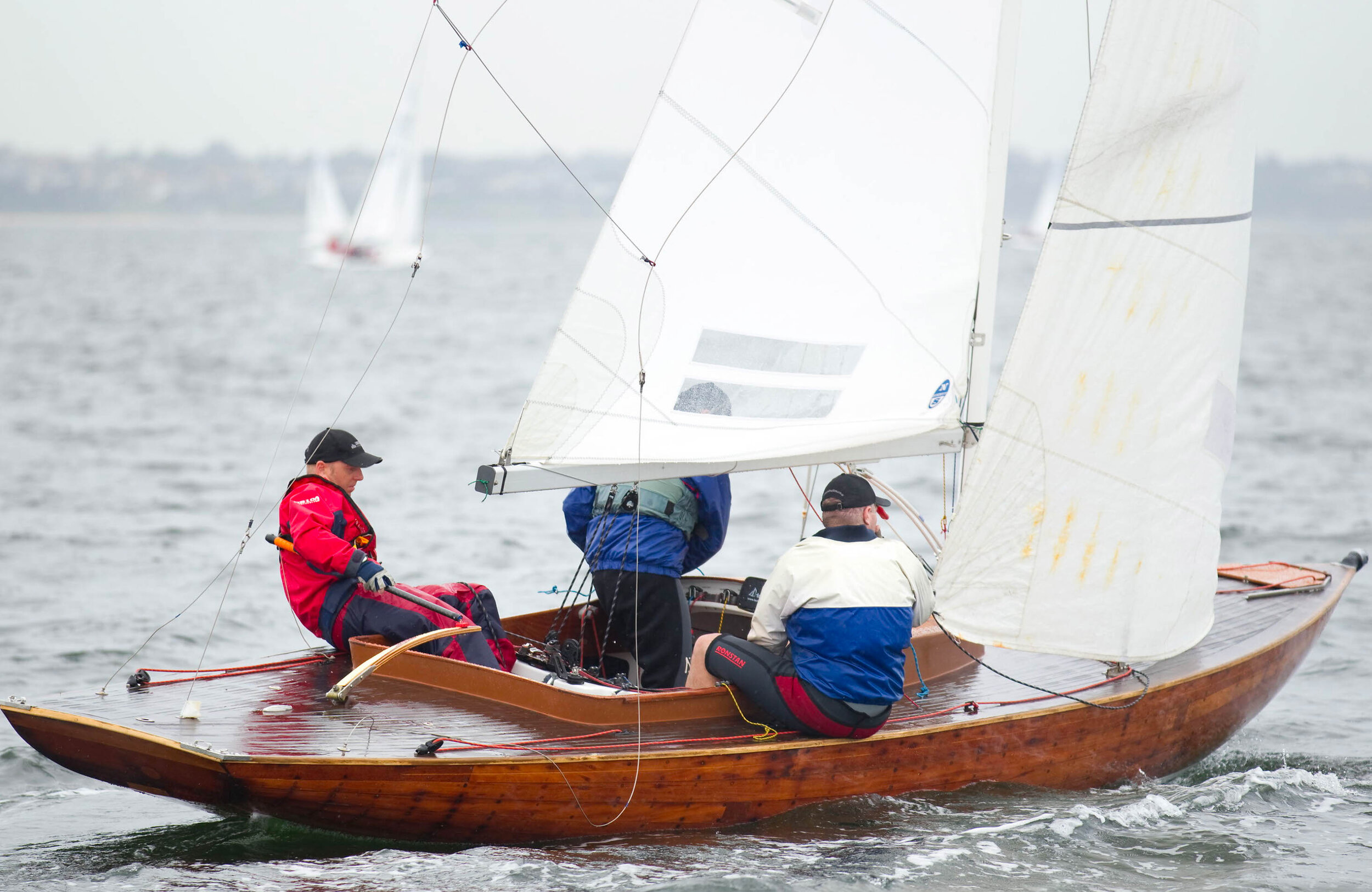
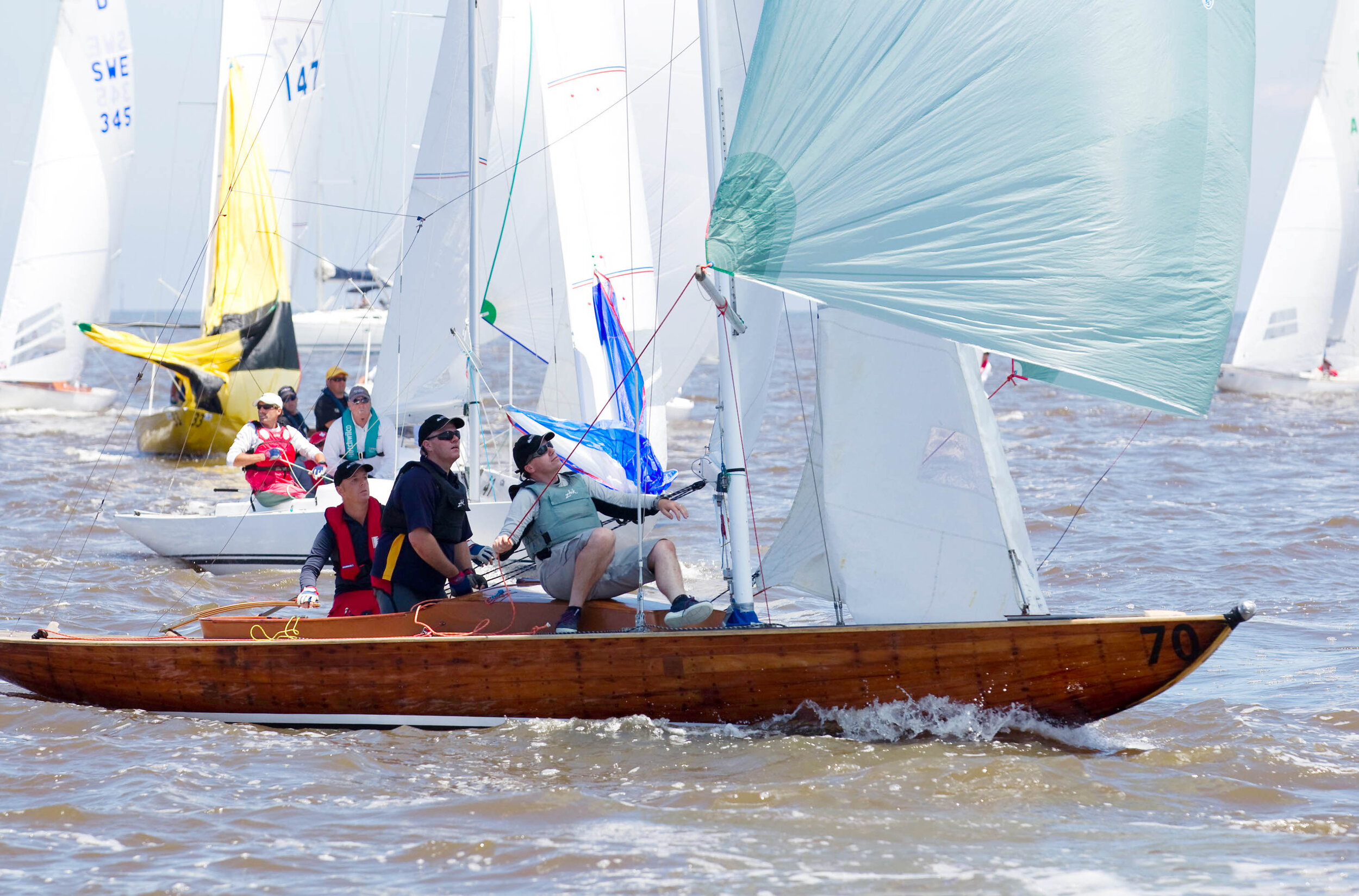
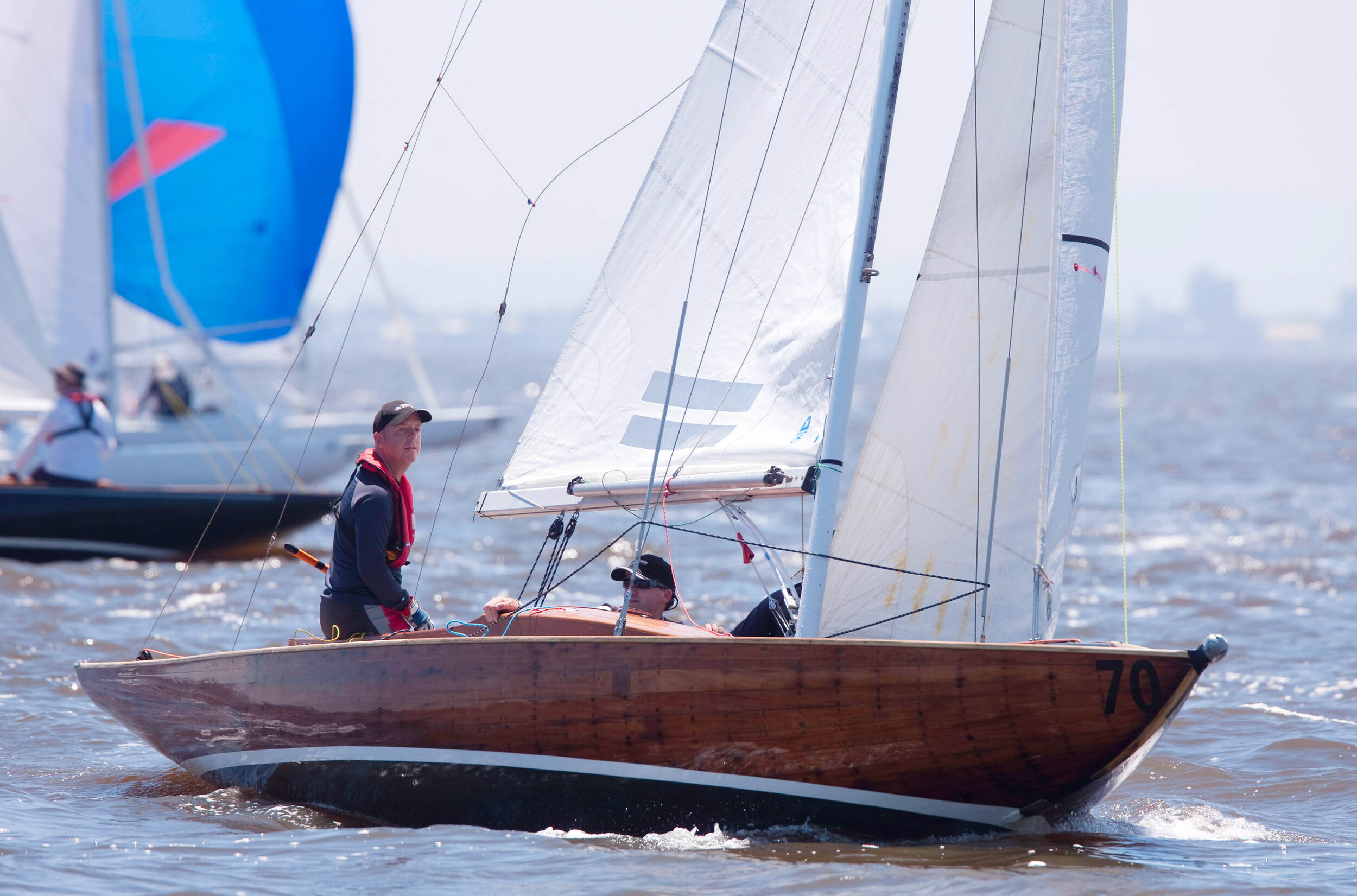
The most prolific builder of timber Dragons in Australia was Billy Barnett who built 24 Dragons in the period from 1959 to 1967. To date the only Australian Timber Dragon to win the World Championship has been a 1961 Barnett Dragon, Kirribilli KA 86 sailed by Robert Porter, Ian Porter and Robbie Antill which won the 1979 title in Geelong.
The Dragon was an Olympic class from 1948 until 1972. Australian crew of John Cuneo, Thomas Anderson and John Shaw won the last Gold Medal in the Dragon Class in 1972 in their Dragon Wyuna KA 131, a 1967 Danish Pedersen and Thuesen built Dragon. Wyuna is currently based in Hong Kong at the Royal Hong Kong Yacht Club and sails with the strong fleet there. It would be nice to think that this piece of Australia yachting history could one day return to Australian waters.
The Dragon for me is a beautiful boat to sail. It has a nice turn of speed when you consider the design dates back to 1929. Aesthetically I think it is a perfect design. The Dragon is a very technical boat to sail and has such an interesting and long history, including the glory of Olympic competition. There is a reason why 1300 plus boats have been built over the years and it is great to be a member of the greater Dragon Community worldwide with Siena and to have had the opportunity to race Dragons on Port Philip Bay, Sydney Harbour, Swan River, Fremantle, Gippsland Lakes and Hong Kong.
Jaemie Wilson
Custodian of Siena AUS 118, a 1967 Borresen Dragon

